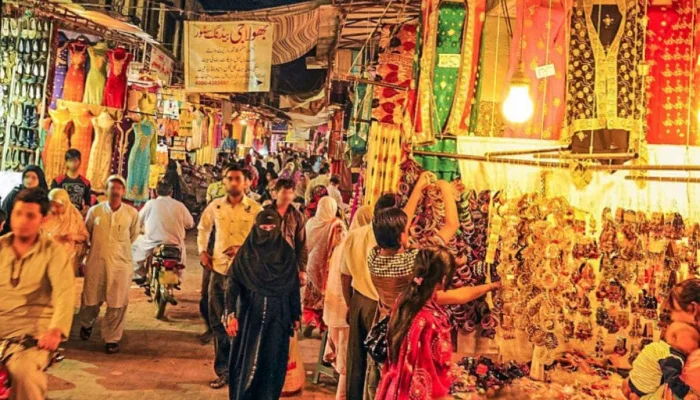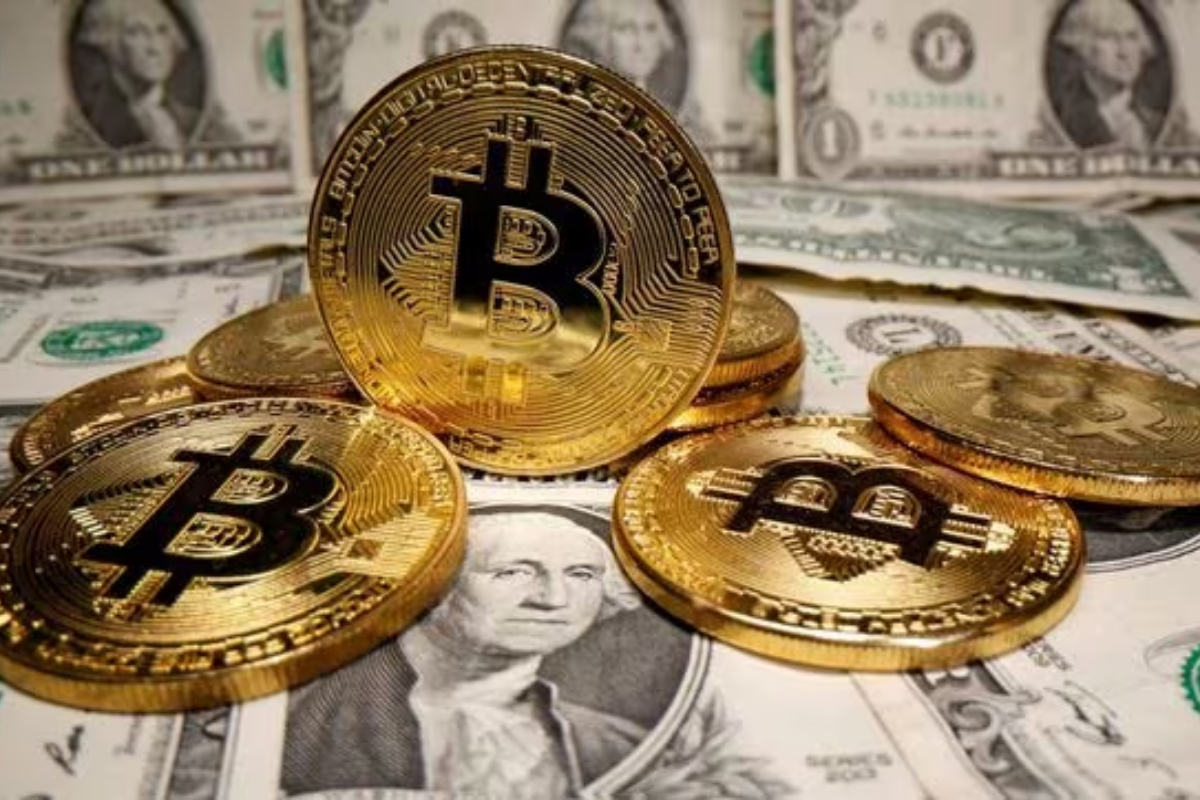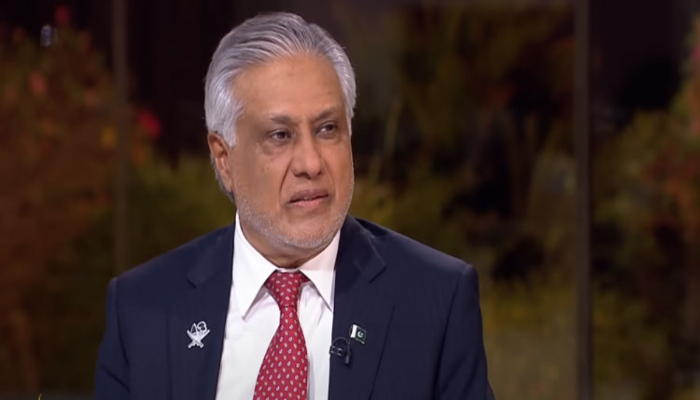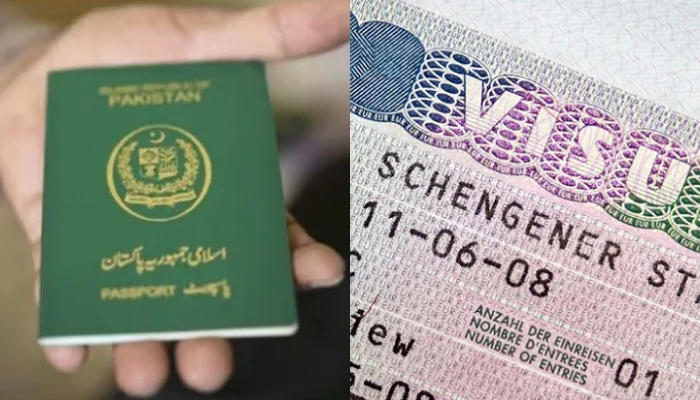The State Bank of Pakistan (SBP) has released its Annual Report on Payment Systems, giving a detailed overview of the country’s payment ecosystem, the key trends shaping it, and the major developments made during 2024-25.
The report highlights the rapid growth of Pakistan’s payment landscape over the past year, driven by regulatory efforts, the expansion of digital infrastructure, and the growing use of mobile and internet-based payment platforms by consumers.
Retail payments showed strong performance, with 9.1 billion transactions worth Rs612 trillion recorded, marking a 38 per cent increase in volume and a 12 per cent rise in value compared to the previous year. The use of digital payment channels continued to grow, as more Pakistanis used mobile apps, internet banking, and e-money wallets for daily transactions.
Digital channels made up 88 per cent of all retail payments, compared to 78 per cent in FY23 and 85 per cent in FY24. Mobile banking apps led the way with over 6.2 billion transactions, showing a 52 per cent increase, while internet banking portals handled 297 million transactions, up 33 per cent from last year.
E-money wallets, though smaller in number compared to mobile banking apps, saw the fastest growth, with their transaction volume and value both doubling during the year. This shows increasing public confidence in electronic money institutions as an important factor in financial inclusion and digital adoption.
The growth was supported by stronger digital infrastructure, which created a stable base for further expansion and improved efficiency. Raast, Pakistan’s instant payment system, recorded more than double the number and value of transactions compared to last year, becoming a key part of the country’s digital ecosystem.
The introduction of Raast’s Person-to-Merchant (P2M) services marked a major step toward digital inclusion, reducing dependence on expensive infrastructure, speeding up settlements, and promoting transparency through traceable digital payments that improve access to formal financial services.
The point-of-sale network also grew, reaching 195,849 terminals across 159,284 merchant locations, handling nearly one million card payments per day compared to 0.7 million last year. E-commerce payments continued to favor account and wallet-based options, which now account for 93 per cent of online transactions. The number of ATMs also rose by more than 7 per cent to 20,341 machines, with each ATM processing around 140 transactions daily.
During the same period, the Real-Time Gross Settlement (RTGS) system was upgraded to PRISM+ to make payment processing more efficient, transparent, and secure. The system saw double-digit growth in transaction value, mainly due to government securities settlements and interbank transfers.

















